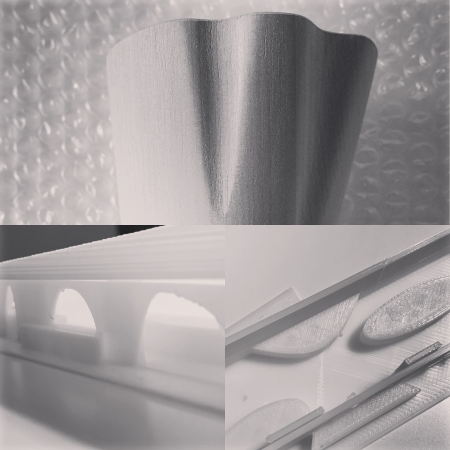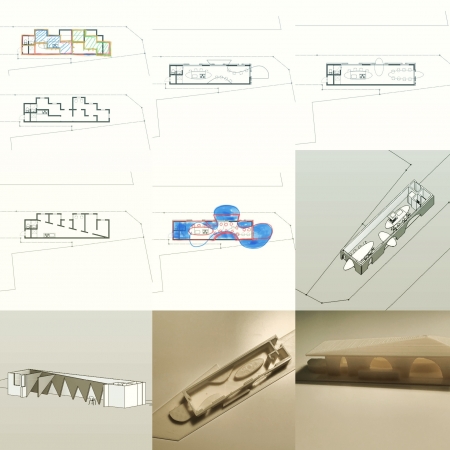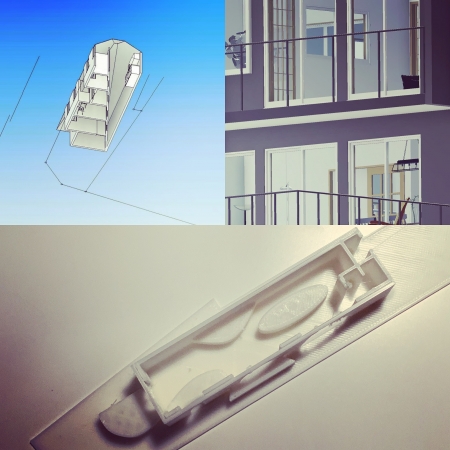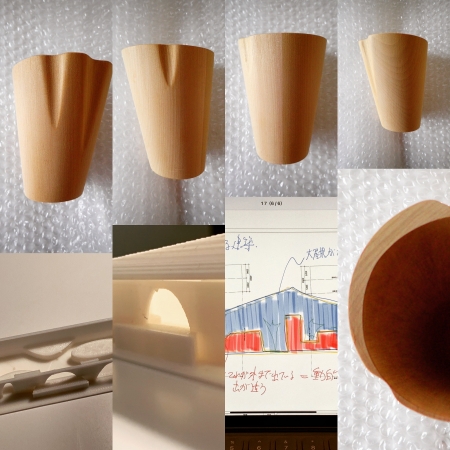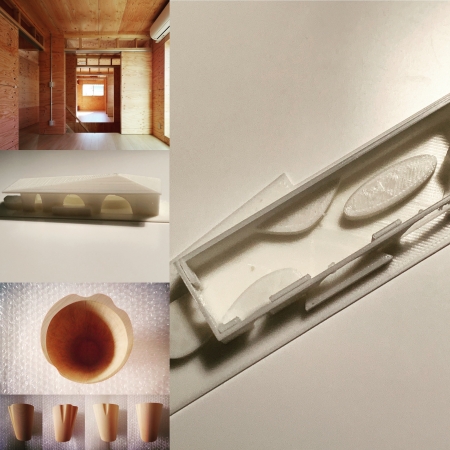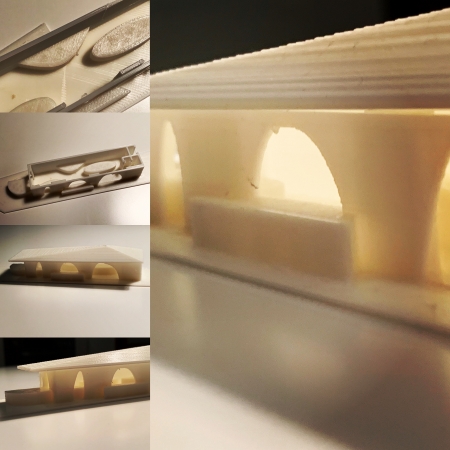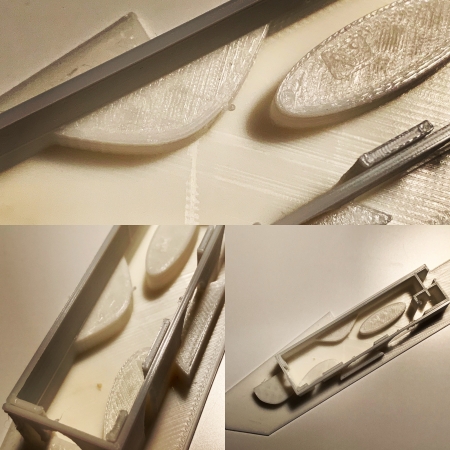形から動き
不安定で均衡の取れていないものが安定して均衡が取れている状態になろうとして動きが生じることは、力学的にあることであり、人の意識の中でも起こり得ることであり、むしろ目には見えないかもしれない人の意識の中で起こることの方が様々なイメージの決起になりやすい。
不安定で均衡が取れないから安定して均衡が取れる状態になることは形として建築的な解釈ができる。そもそも形自体が美学的には動きのある時点を捉えなたものとされている。
形に対して意識的になることで「動き」が表現できる。形しだいでその「動き」をコントロールできる。形にもっと注視して、形の生成から「動き」をつくり出そうと考えている。
"Move from shape"
It is mechanical, it can happen in human consciousness, rather it is an eye, that an unstable and unbalanced thing moves in an attempt to become a stable and balanced state. What happens in the consciousness of a person who may not be visible is more likely to cause various images.
Since it is unstable and unbalanced, it can be architecturally interpreted as a form of stable equilibrium. In the first place, the shape itself is aesthetically considered to capture a certain point of movement.
"Movement" can be expressed by becoming conscious of the shape. You can control the "movement" depending on the shape. I will pay more attention to the shape and try to create "movement" from the generation of the shape.

